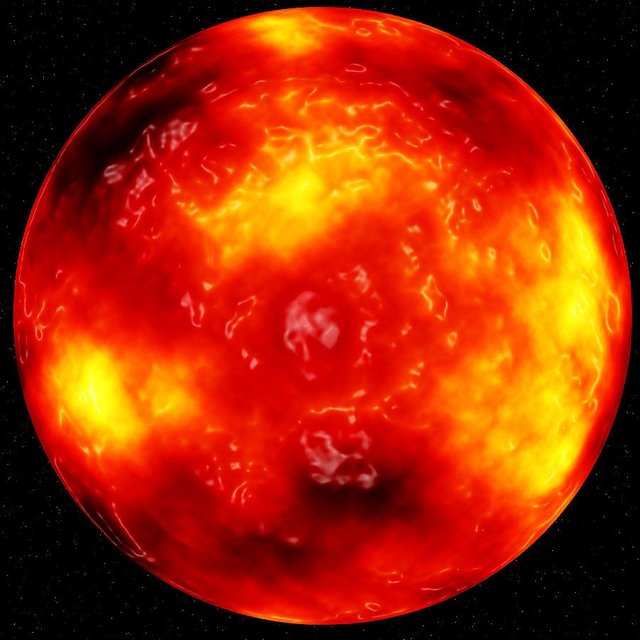WHY ARE PLANETS SPHERICAL IN NATURE?????

We are all aware of gravity and how it pulls objects towards the earth's surface. Despite being composed of nearly identical rock particles on its surface, what makes Earth or any other planet so unique that it supports the existence of gravity?
Planets, it turns out, are nothing special, except that their sheer size and mass magnify their forces. Every particle in the universe produces gravitational forces, but their magnitude is determined by a single quantity – their mass. Gravitational forces are directly proportional to the product of masses and inversely proportional to the square of the distance between them, according to Newton's law of gravity. Isn't it too complicated?
Simply put, the greater an object's mass, the greater the gravitational force it exerts. Objects we are used to dealing with (including the world's largest mountain ranges) pale in comparison to the masses of celestial bodies that weigh billions and trillions of tonnes. Their gravitational forces are insufficient to draw objects into their vicinity, making them appear “gravitation-less” for all practical purposes.
Aside from the obvious "pull" it has on objects in its vicinity, this mysterious force has other interesting consequences. It forms itself. That's correct!
When celestial objects have a radius greater than 200-300 kms (assuming constant average densities of celestial bodies), they are powerful enough to pull their own surface onto themselves! As a result, the default irregular shape transforms into regular spheres, similar to the planets in our solar system. This radial threshold is known as the “potato radius” (PR), after the irregular potato-like shapes of smaller celestial bodies such as asteroids and dwarfs.

But why a sphere rather than any other shape? If we applied tremendous force to an object, it would either resist change due to its own structural strength or break/deform depending on its material. Despite their strength, objects with a radius greater than PR retain the unique spherical shape that characterises all planets in our solar system and beyond because gravity acts uniformly from all directions. Objects in the universe are unique in their design, shape, colour, and countless other properties, but gravity, which holds everything together, is the universe's way of communicating that we are all part of the same universal system.
Please leave your thoughts in the comments section below. Follow and upvote this article for more interesting content like this. Continue steeming. :-)
Nice to read your post .
Keep posting and stay with our community .
Thank you